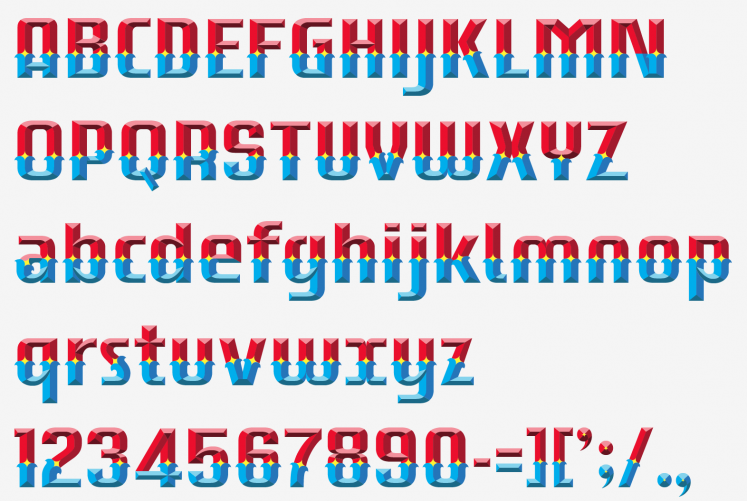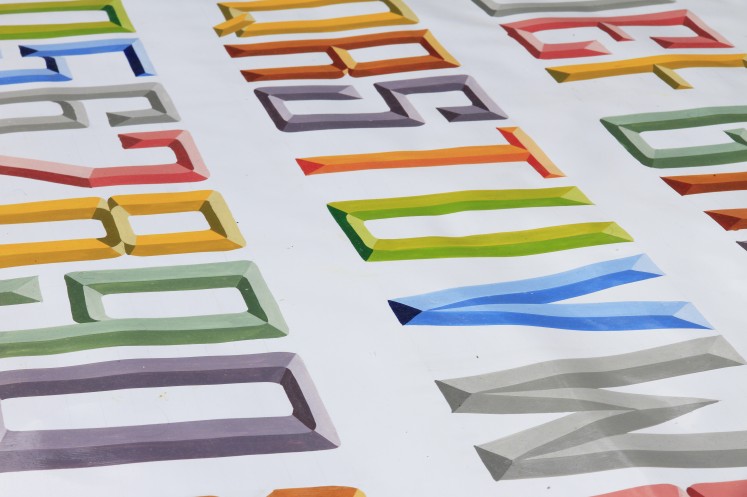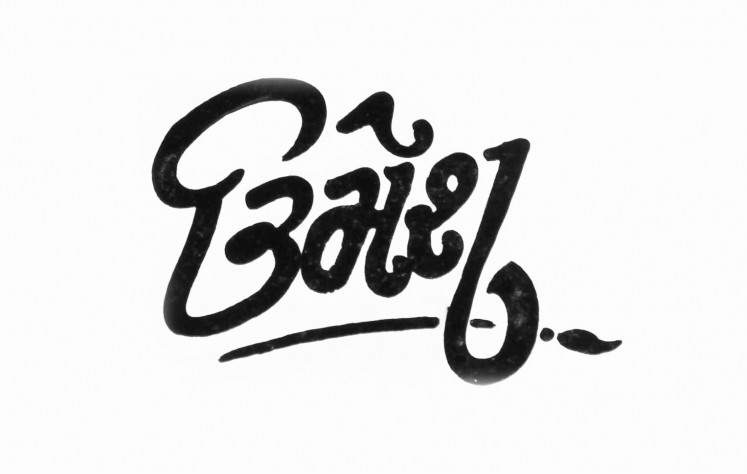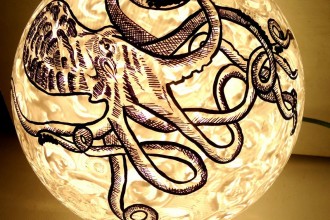Hand lettering is the art of the written word and has truly survived the test of time. Even though everything around us changes, the alphabet remains. The beauty of lettering lies in its adaptability to change. The world of letters has constantly evolved. From the tedious and slow methodology of creating metal type, we now have access to hundreds of fonts with just a click.
This progress however, has led to the loss of in the value of hand made type. Like the famous typographer Doyald Young said, “The best part of hand made font is that it’s customised.” It is tailored to suit your needs and your tastes. Even though bad type is easily identifiable, excellent customised letters often hide in plain sight.
But somewhere along complex soft wares and printing, the beauty of hand lettering is fading away, and with it the identities of people who created them. The Hand Painted Type is a collaborative effort, which aims to protect these identities and preserve their talent. They digitize and document the typefaces of roadside painters across India, and enable it to serve as a resource for future generations.
The initiative is led by Hanif Kureshi, who is one of the most renowned names in the Indian street art scene, is a graphic designer and typographer himself. His relationship with typography has been a long one. Hanif used to work with street painters during his summer vacations as a child. As a result, he knows the worlds of street and digital type very closely and wants to bridge the gap between the two.
India has a wide variety of customised fonts. Be it the loud and bold letters behind trucks, thin black letters on shop hoardings or the vernacular scripts of India. Every nook and corner of this country is filled with type specific to that region. The rendering of these words tells us so much about the people who created it. Initiatives like The Hand Painted Type help in securing the livelihoods of these artists, and also promote their work.
One such example is Painter Kafeel who is from Afghanistan and he has established himself in Old Delhi. He’s never been to school his entire life. The type designed by him consists of nine layers. Like most of his contemporaries even he has abandoned the brush for the computer. Most of the artists contributing to the program share a similar story. They have left hand-painting due to lack of demand, and the tedious and time consuming process it is.
However, there are ways to support them still. Designers can buy these fonts and use them for commercial purposes. The fonts are beautifully crafted according to the tastes of India. Here are a few examples of fonts featured in the project.
All Images Courtesy Of Hand Painted Type
To know more and contribute to this noble cause, visit their website.
















